Promptography – From Text to Photographic Art
New technologies have consistently given rise to new artistic directions. Photography introduced us to photorealistic art, computers led to digital art, video cameras enabled videography, and the internet fostered net art. In the realm of contemporary AI art, an exciting development is unfolding: promptography, where artists create photographs based on textual prompts.
Swedish artist Annika Nordenskiöld recently won first prize at the Ballarat International Foto Biennale in Australia in the new category called “prompted peculiar” for AI-generated photographs. Among 200 other images in the category, she triumphed with her work titled “Twin Sisters in Love.” The photograph depicts two women embracing an octopus in black and white. The jury’s motivation highlighted how the image intersects with art historical and cultural references while subtly subverting the documentary genre of photography.
Octopuses and other surreal elements frequently recur in Annika’s photographs. Collaborating with Midjourney, her goal with promptography isn’t to create flawless images but rather to explore the absurd and dreamlike scenarios that can emerge in AI-generated art, characterized by unconventional anatomy and fragmented compositions. Annika has published several of her AI-generated promptographs in the book “From Nothing,” released by the Swedish publishing house Max Ström.
The term “promptography” was coined by German photographer Boris Eldagsen, who competed with an AI-generated photo in the “creative open category” of the Sony World Photography Awards. Eldagsen won first prize but declined it because his image, titled “The Electrician,” was created using AI rather than traditional photography. As a photographer, he aimed to spark a debate about the proliferation of AI-generated images online. Eldagsen isn’t opposed to AI art but believes that clear labeling is essential for such works.
Unlike traditional photography, AI-generated photographs emerge from different conditions and techniques. A photographer ventures into the world, aiming their camera at a subject to capture a moment of reality. In contrast, a promptographer can sit in front of their computer and create an artificial image without physical movement, as Eldagsen points out. It’s worth noting that much contemporary photography isn’t strictly documentary; staged studio shots often undergo significant retouching in post-processing. Consequently, the distinction between a photographer and a promptographer may not be as substantial as it seems.
Even though photos taken with a camera and those generated by AI can appear remarkably similar, they originate from distinct contexts and traditions. One arises from a chemical reaction on a photographic plate, while the other emerges from digital algorithms. In one case, it’s about visual perception captured by a human with a camera; in the other, it’s an idea formulated in words and translated into an image. There are significant differences between photography and promptography, and therefore, there is ample reason not to confuse them but rather to consider them as distinct artistic directions and expressions of human creativity, instead of viewing them as competing with each other.

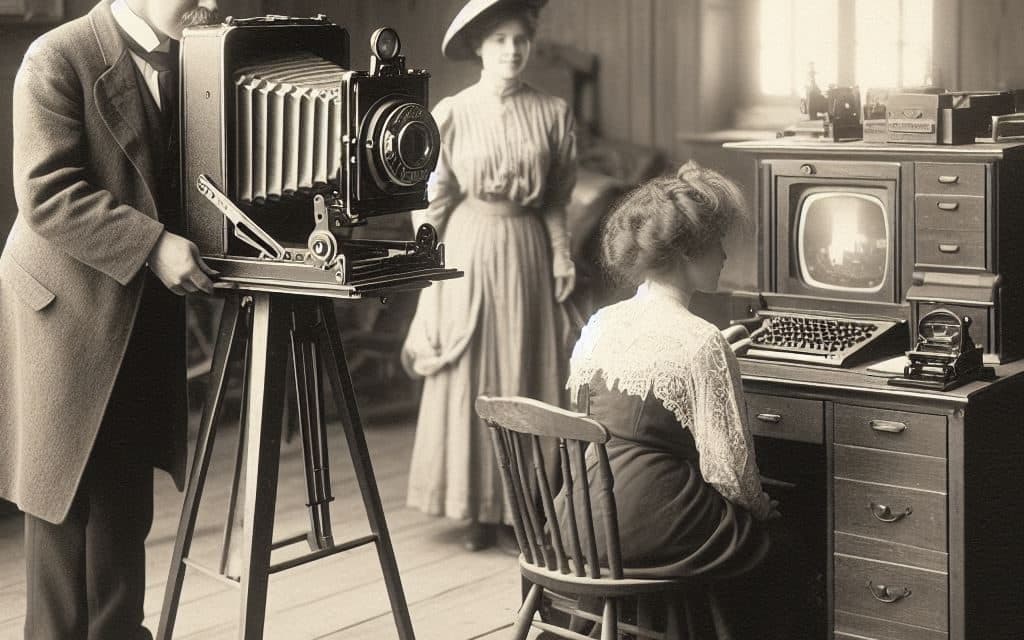

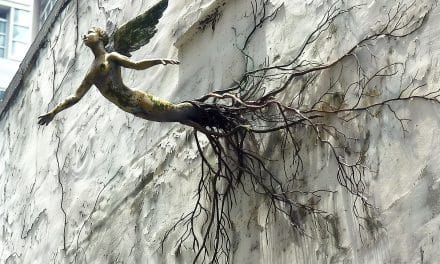
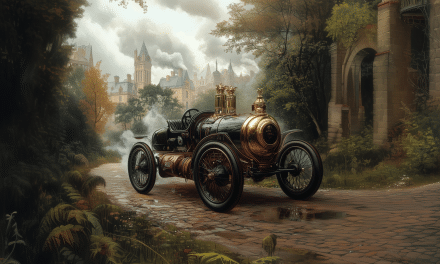
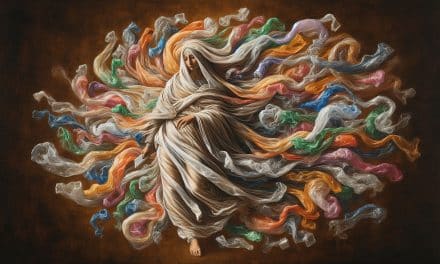
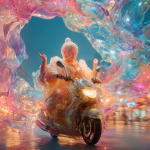






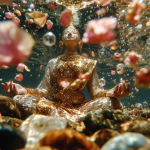
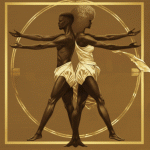

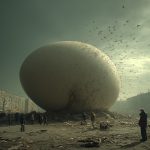

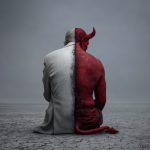



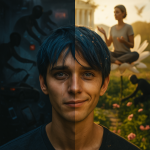
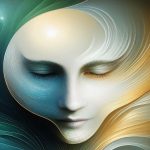

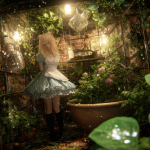
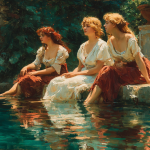
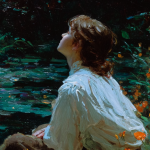
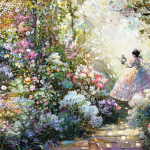
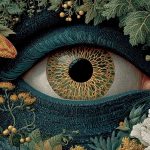
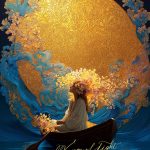
Comments